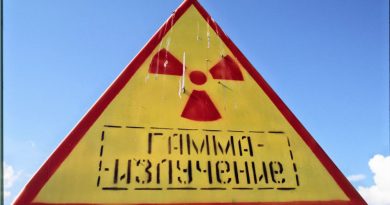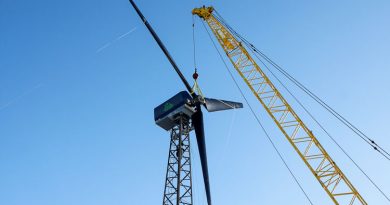Cultural ties may help prevent suicide in Arctic indigenous peoples, experts say

Amid the grim statistics about suicide in the far north there are some bright spots — and potential lessons for preventing future tragedies — according to presentations given this week at an international epidemiology conference in Anchorage.
Suicide rates for Alaska Natives 70 and older are low, only half the national rates for that age group, according to information gathered by James Allen, a professor of psychology at the University of Minnesota, and his colleagues.
Allen, who specializes in indigenous and rural intervention programs and has worked in rural Alaska, was one of several experts who presented research findings at the International Epidemiological Association’s World Congress of Epidemiology, being held this week in Anchorage.
Four times the national rate
Suicide has long plagued communities around Alaska. The state’s suicide rate, 21.6 per 100,000 people for the period from 2003 to 2011, is about twice the national rate, according to a recent study from the state epidemiology office.
For Alaska Natives, the suicide rate is about four times the national rate, said Allen, But those ratios begin to reverse in the older age groups, starting with Alaska Natives age 50, he said.
“This is a clear finding. This is really quite conclusive,” Allen said.
Nationally, white men 60 and older are at a high risk for suicide, said Allen. He pointed to the 63-year-old actor Robin Williams, who took his life earlier this month, as a high-profile example of the phenomenon. A report from the Centers for Disease Control, tallying suicides from 2005 to 2009, identify men over 65 as a high-risk group.
The highest-risk group nationally, Allen added, is white men over 80 years old.
Cultural connections – and resilience
The contrasting resilience of older Alaska Natives, who may be more steeped in their indigenous traditions, suggests that cultural connections are linked to prevention of younger Alaska Natives’ suicides, Allen said. “One can do very effective suicide prevention without ever mentioning the word ‘suicide,'” he said in his presentation.
In Norway, where the indigenous Sami people have higher suicide rates than the national average, participation in cultural tradition — reindeer herding — is associated with protection against suicide, said Siv Kvernmo, a professor of clinical medicine at the University of Tromso and a Sami herself.
“In the reindeer-herding industry, there’s no doubt about who you are,” said Kvernmo, who presented some of her research findings at the conference.
The gap between Sami and overall Norwegian suicide rates is small compared to the gap between Alaska Native and U.S rates, Svernmo said. In general, the Sami people are at about 30 percent higher risk than Norwegians as a whole, she said.
As with other indigenous populations in the circumpolar region, males are at much higher risks than females, and rates for Sami 50 and older are below national Norwegian rates, she said.
She also found that Sami women between 25 and 40 years old — a highly educated demographic group — have lower risks for suicide.
Identifying Sami suicide trends is difficult in Norway because the national government no longer includes ethnicity in its suicide reports, Kvernmo said. Still, trends can be found in past data, collected from 1970 to 1998, and inferred from data gathered in northern regions where Sami populations are more concentrated.
Related stories from around the North:
Canada: Nunavut filmmakers turn the lens on suicide, CBC News
Finland: Accidents, suicide most common cause of children’s deaths in Finland, Yle News
Sweden: Sámi Healthiest in Arctic: But at what cost?, Radio Sweden
Russia: Why high suicide rates in Arctic Russia?, Deutsche Welle’s Ice-Blogger
United States: Suicide rates increase as Alaska communities are farther North, Alaska Dispatch



